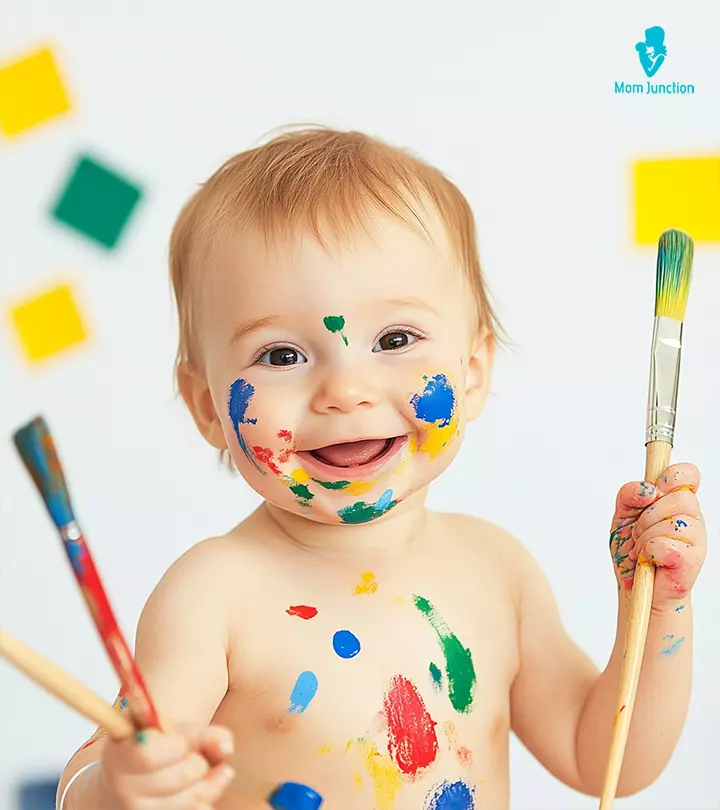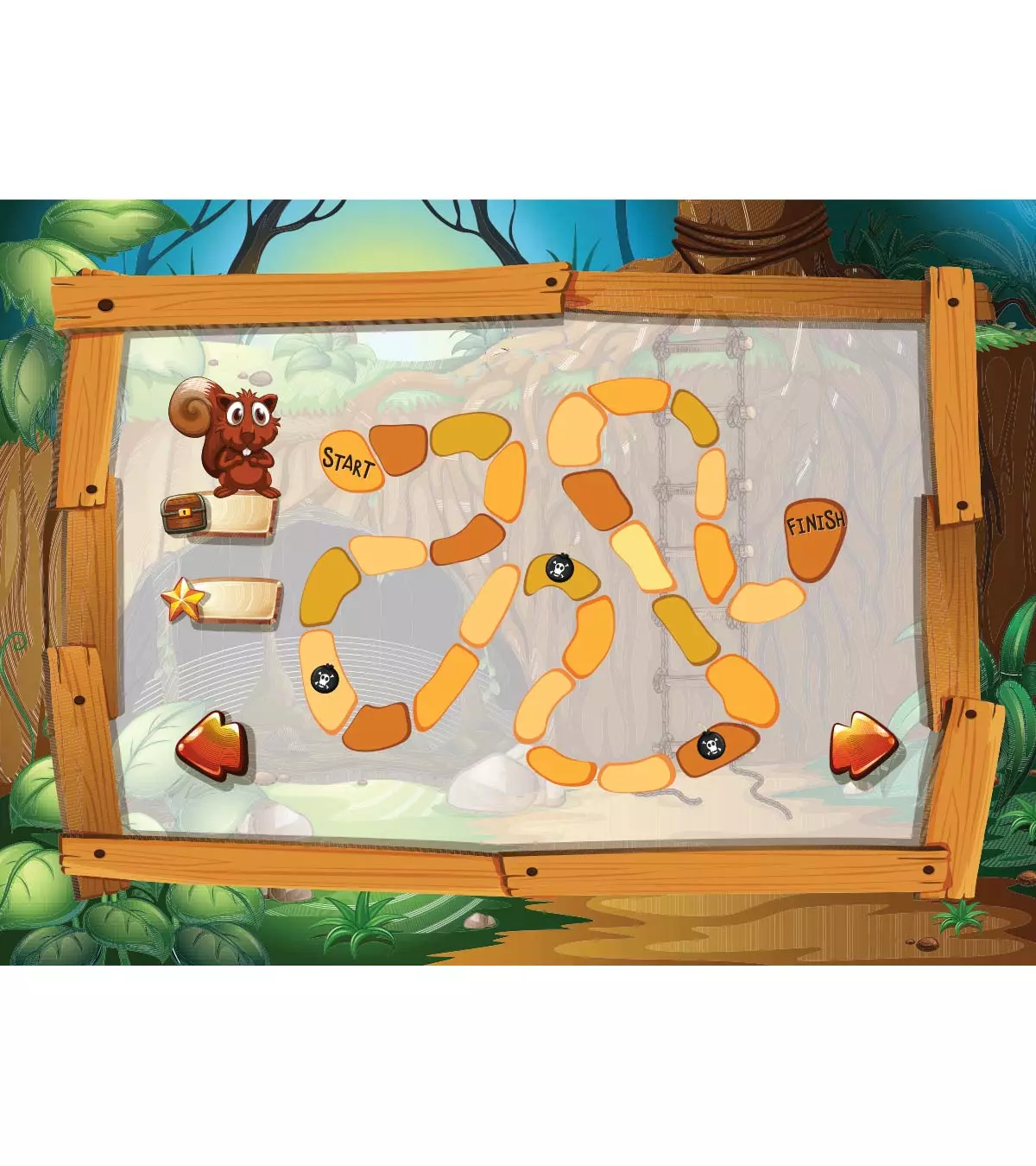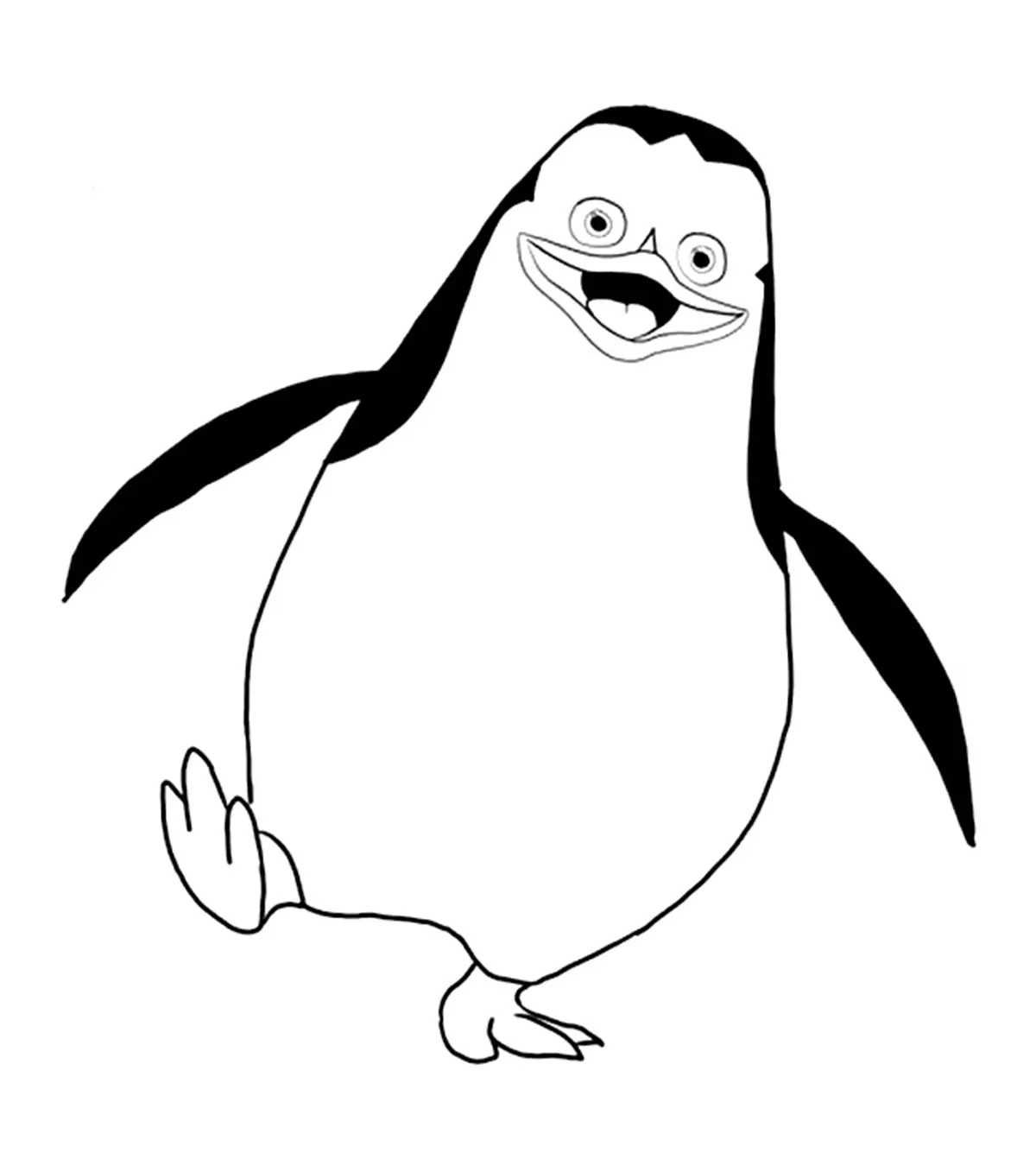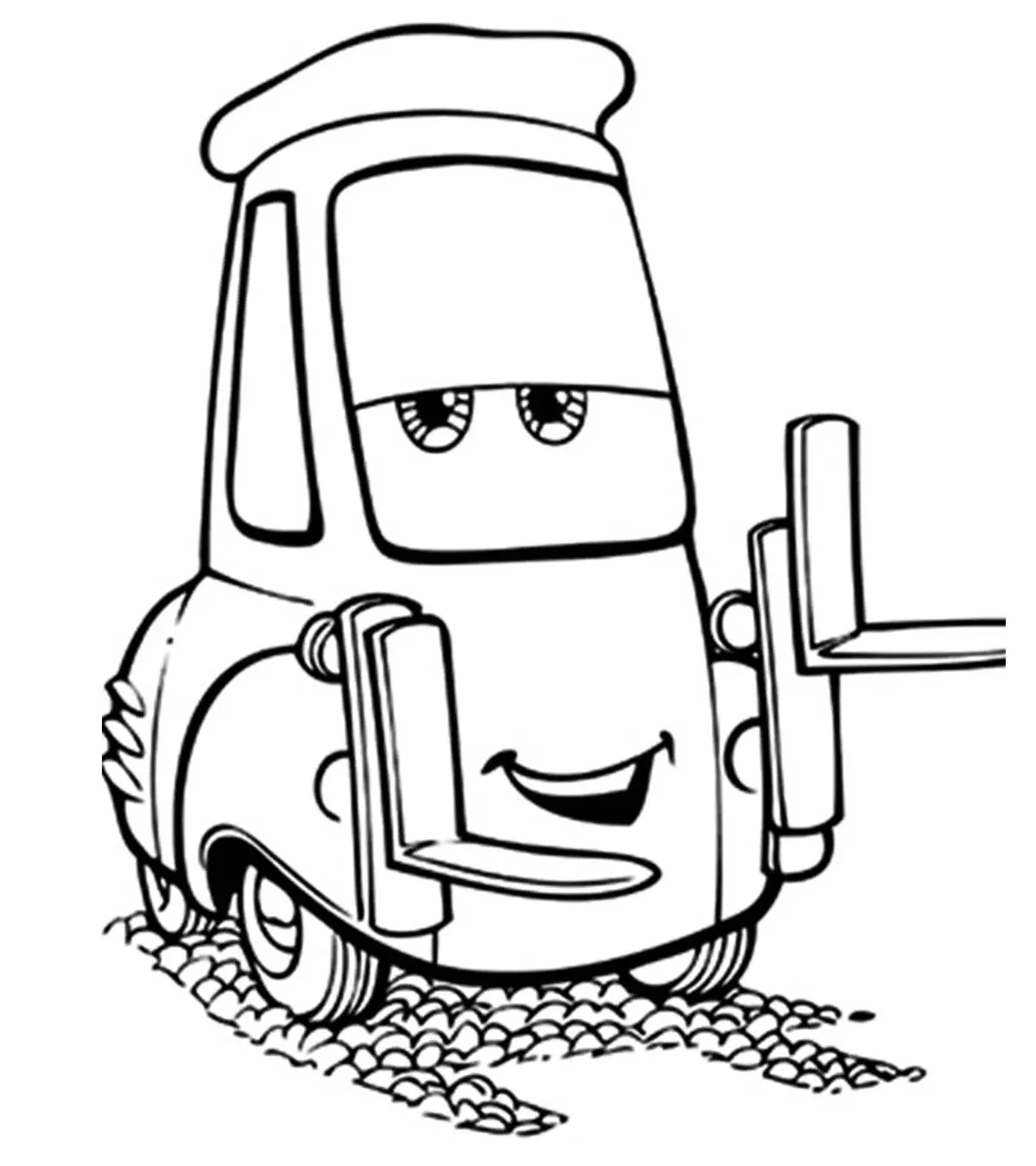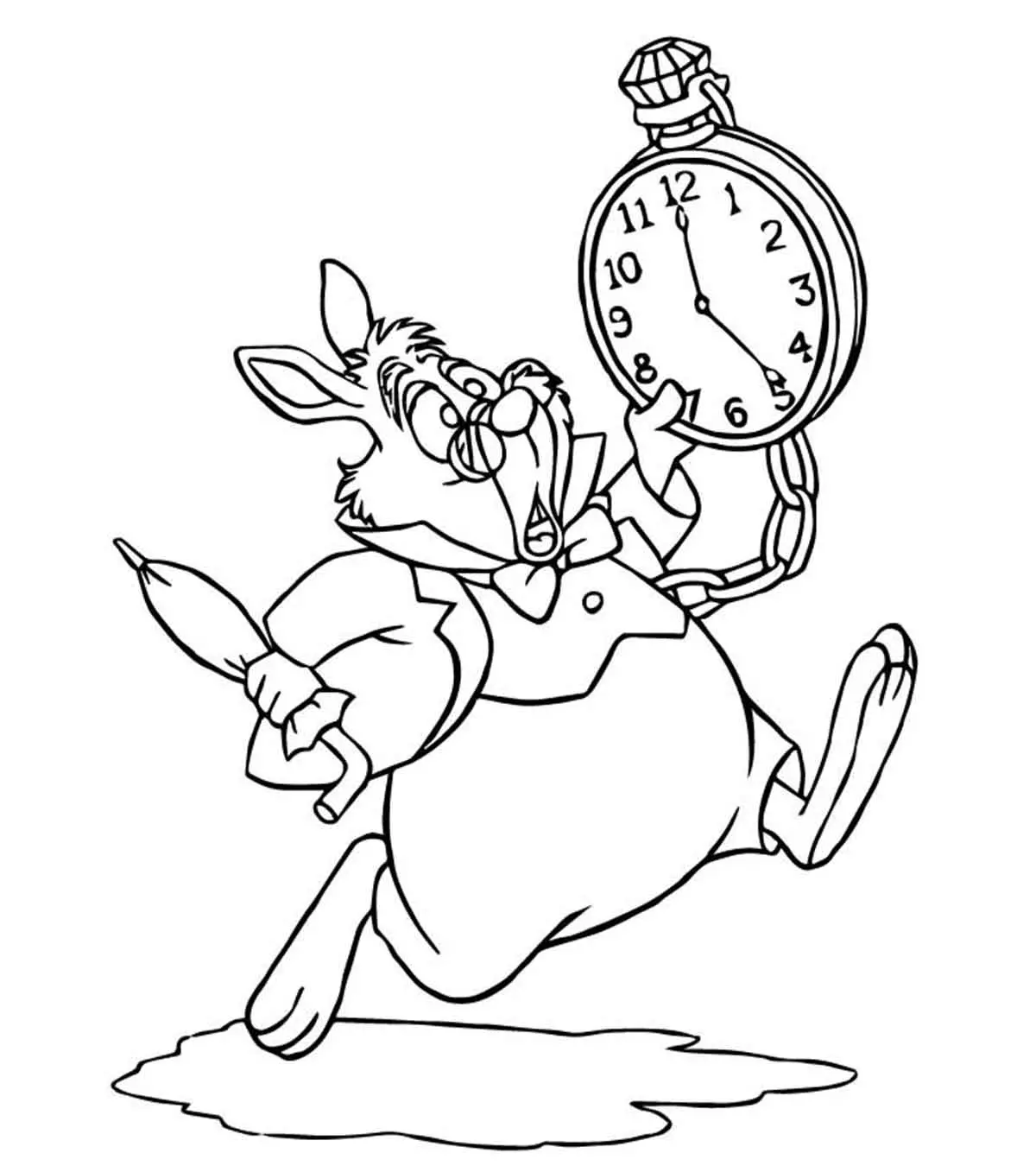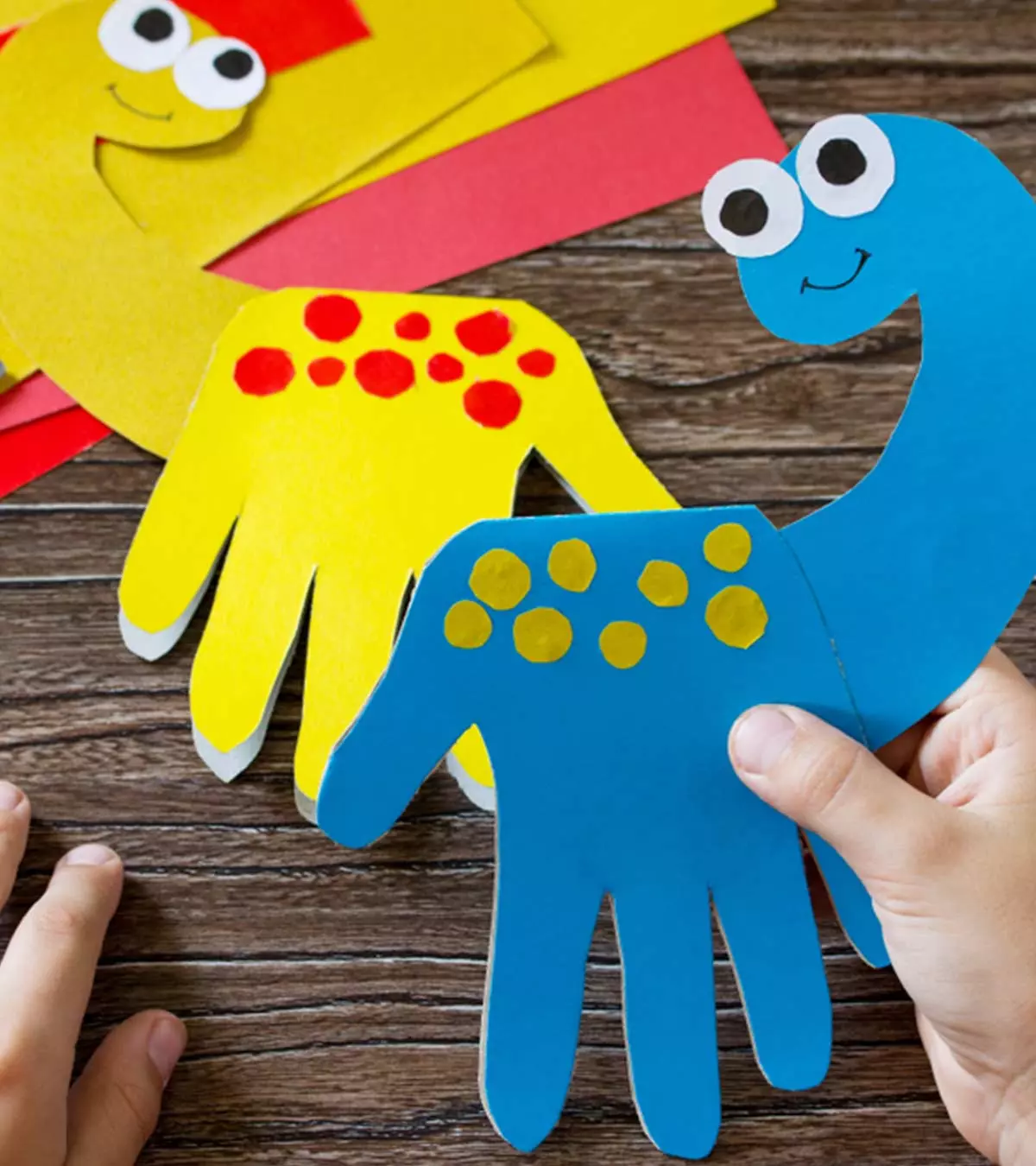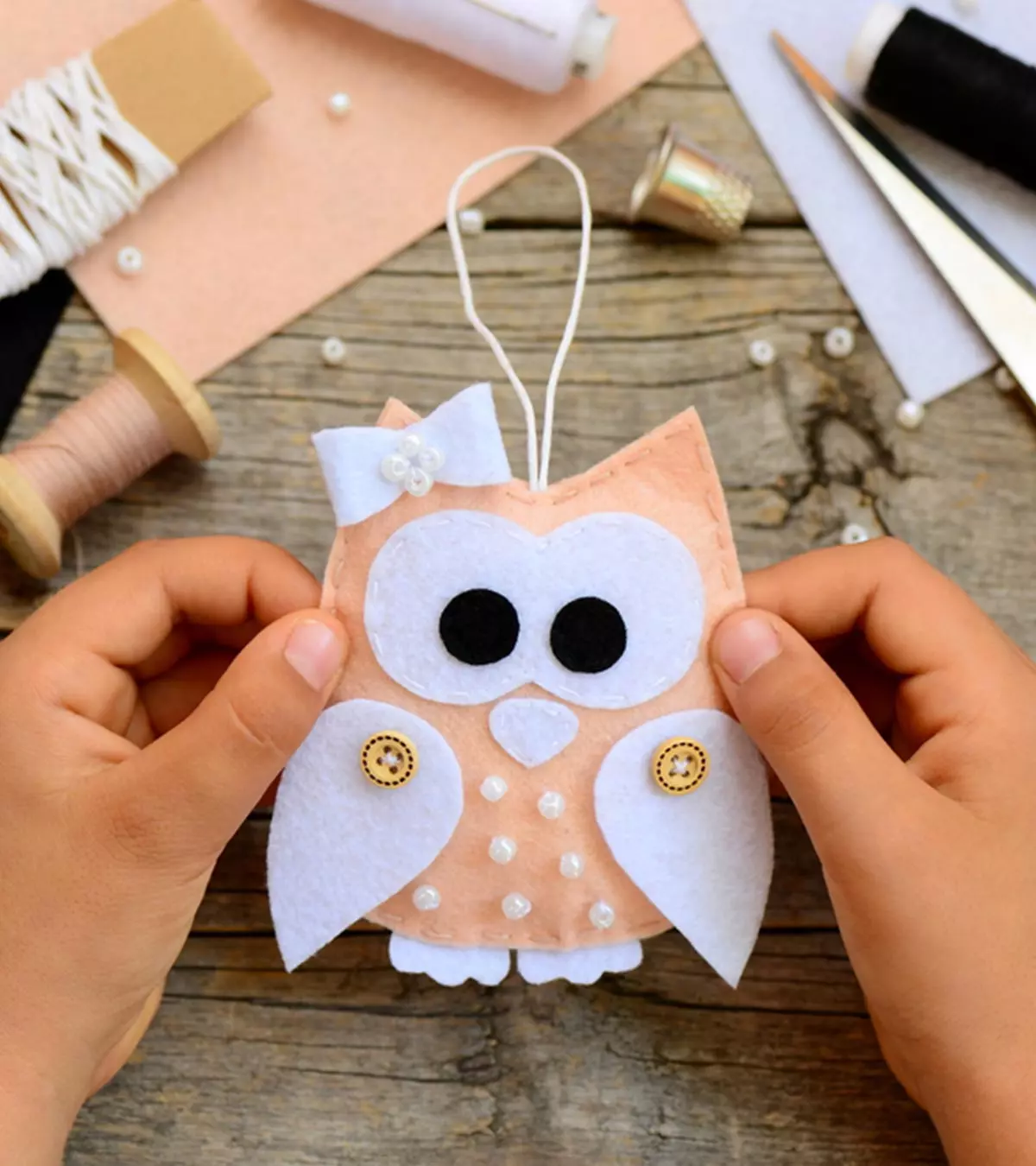
Image: Shutterstock
You may try homemade toys for children since it is cost-effective, and making them is a fun-filled experience. Physical, socio-emotional, and cognitive development can be promoted through playing with toys (1) (2). In addition, it can be satisfying to witness your child’s imaginations and creativity which come to the fore while making toys from household items (3). Toy making may also promote parent-child bonding. Read on to know easy ways to make homemade toys that your child will love to play with.

Key Pointers
- You don’t need fancy items to create new toys–a pair of old socks or some toilet paper rolls will do.
- If you’re on your way to take out the trash, save those bottle caps, pizza boxes, and cans, as they will make a cool car.
- You may also bring nature into play by decorating pebbles or preparing stick rafts.
15+ Homemade Toys For Children
Making handcrafted toys at home is a creative process wherein children learn to use their skills with parental guidance and support.
1. Puppets
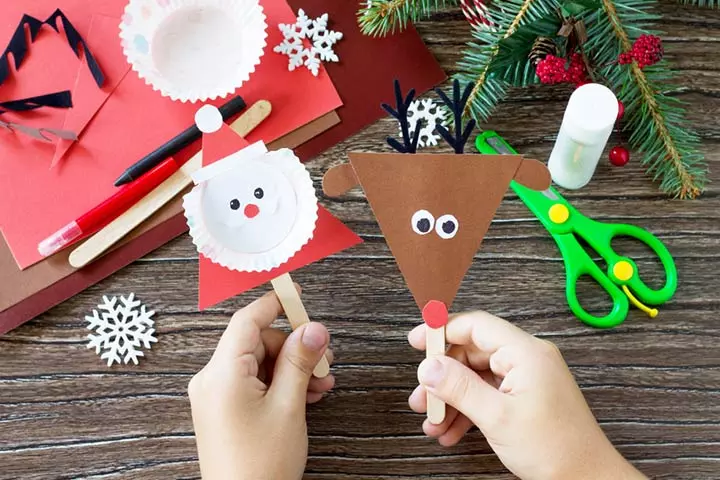
Puppet-making is a fun learning activity for children aged five years and above. Puppet crafts for kids can be used to make finger puppets, glove/hand puppets, stick puppets, and string puppets, which are common types you can try based on your child’s age and interest. You would need a face template, colorful sheets, scissors, popsicle sticks, glue, and craft supplies, such as colors and sketch pens.
Here are the steps to make a stick puppet.
- Trace the face template on a colorful sheet and cut the shape using scissors.
- Use sketch pens/colors to draw the facial features on the cut-out.
- Stick the cut-out to the popsicle stick with glue, let it dry for ten minutes, and the puppet is ready.
2. Sound-making toys
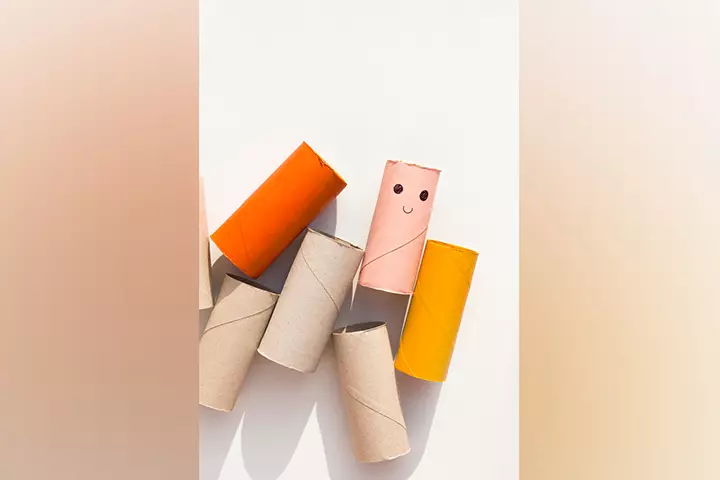
Sound-making toys can be used as musical instruments to stimulate your child’s senses and reflexes. Egg shakers, paper cup rice shakers, and cardboard tube shakers are some easy-to-make DIY toys you can try with children aged five years and older to hone a child’s creative skills.
- Gather raw materials, including white paper cups, duct tape, washi tape, bottle caps, rice or dried beans, scissors, and markers.
- Fill the paper cups with rice/dried beans and tightly seal their mouth using the duct tape. You can also use paper towel rolls or aluminum tin cans instead of paper cups.
- Decorate the cup using washi tape and draw images with a marker to make the shaker look attractive.
3. Socks toys

Children above four years can participate in making sock toys to boost their creativity. You can simply use socks to make fun animal crafts for kids. We have found a simple way to create a stuffed animal using socks. You will need adhesive facial features, quick-fix glue, wool/cotton balls, thick thread/rubber band, and a sock of any type.
- Fill the sock with the material, like cotton or wool, up to an inch below the mouth.
- Tie the mouth of the sock with a thick thread or rubber band.
- After tying the sock, press it from all sides for even distribution of the stuffed material.
- Stick the accessory items, like adhesive facial features, using the quick-fix glue.
- You can also use woolen threads to make hair or other decorative features, like a bow.
4. Colorful educational blocks
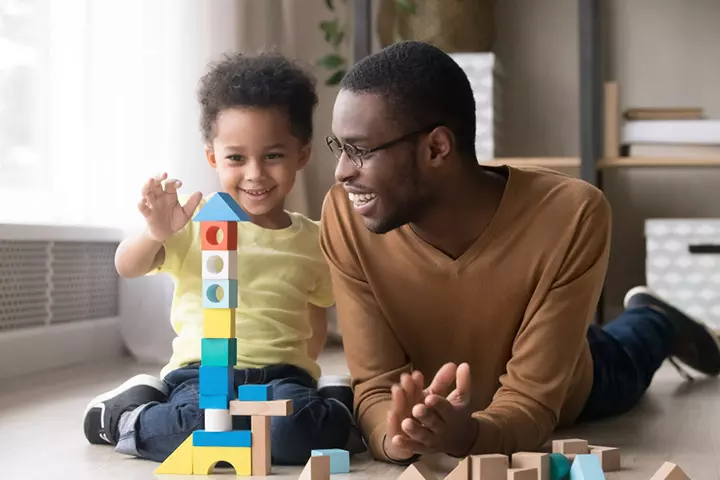
Colorful wooden blocks support motor, cognitive, and spatial awareness in children aged two years and above. You can make them at home using wooden blocks of different shapes and sizes, and other craft items, such as non-toxic paints, brushes, and markers. Alternatively, you could also use Lego blocks to add variety and make it more fun.
- Show your child the proper way to paint with different brushes and let them paint a few blocks in colors of their choice.
- Keep the painted wooden blocks aside for drying.
- Once the blocks are dry, write letters and numbers on the blocks using a pen/marker.
- Ask the child to speak aloud the name of the block’s color or the letter/number while writing. This can help improve memory and promote speech development.
- You can also use textured blocks to introduce your child to different textures.
 Did you know?
Did you know?5. Rolling back toy
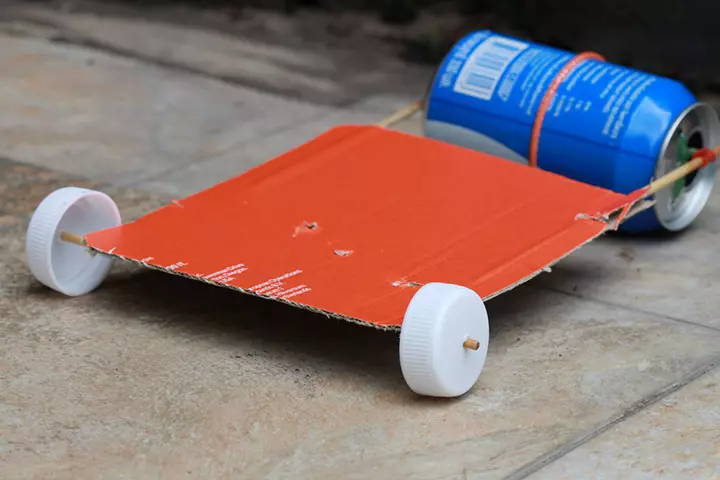
Rolling back toys are one of the classic homemade toys to teach cause and effect to children above two years. You would need a metal can/plastic container, thick rubber band, screwdriver, double-sided tape, paper clips, and fishing weight.
- Use the screwdriver to drill a hole at the center of the top and bottom of the metal can or plastic container.
- Use the double-sided tape to stick the fishing weight at the middle of the rubber band.
- Stretch each end of the rubber band out of the bottom and top holes of the can. Keep the rubber band at its place by wedging a paper clip through the loop of the rubber band that sticks out of the hole.
- Roll the container/can and watch it move to and fro on its own.
- Your child can experiment with the length of the rubber band and the mass of the fishing weight to modulate the rolling action of the toy. You can also use colorful paper to decorate the exterior of the container.
- You can extend the toy by attaching a trolley made of cardboard and bottle caps for wheels.
6. Toy vehicles

Cardboard box crafts for kids offer them an opportunity to explore a world of creativity. For this toy, upcycle old or used household materials, including cardboard boxes. Involving your five-year-old in such activities can boost their fine motor development, creativity, and self-esteem. You don’t always need expensive toys like robotic kits to have a fun learning experience. Here are the steps to make a toy car using an old cardboard box and craft supplies, like glue, scissors, duct tape, cylindrical craft sticks, markers, and colored wrapping papers.
- Cut a semi-circle at the front left and right corners, and rear left and right corners of the box. This is where the wheels of the toy vehicle would come.
- Place a cylindrical craft stick through the front and rear pair of semi-circles. The sticks become the axle for the wheels. Attach each stick to the inside of the box with glue.
- Cut four large circles from the top of the box’s lid. Smoothen the circumference of the circles with sandpaper to shape them into wheels.
- Cut four small circles from the lid. These will work as stoppers for the wheel. Then, stick the lid to the box shut with duct tape.
- Decorate the wheels and the cardboard box with markers and colored paper.
- Punch a hole through each wheel and slide them to the craft stick (axle). Adjust their position and mark their desired position on the stick.
- Punch a hole through the stopper wheels. Slide and stick a stopper wheel slightly beyond the marked position of the wheel. Slide the wheel, and slide the second stopper wheel next.
- Adjust the position of the wheel so that it revolves freely and then stick the second stopper wheel accordingly. The two stoppers will now prevent the wheel from sliding inwards or outwards on the stick. Repeat the step with each wheel.
- You can punch a hole at the front of the box and add a string so that your child can pull their upcycled, DIY toy car while walking.
7. Pretend play accessories
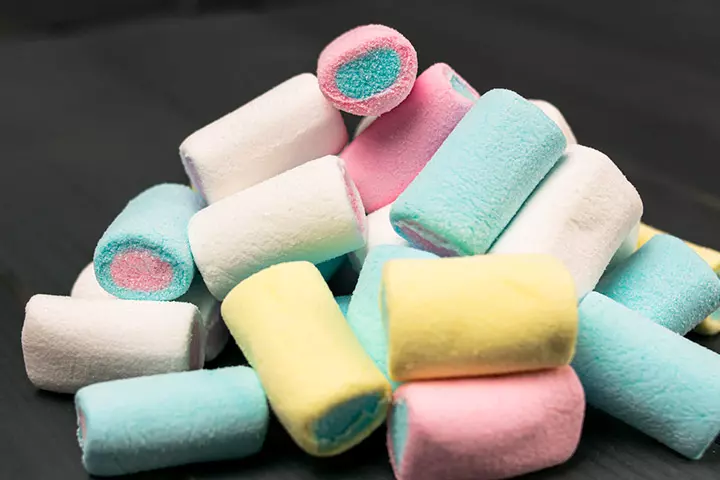
Pretend play activities help enhance a child’s creativity, promote language skills, and boost cognitive development (4). You can try sponge cookies, to begin with. You will need sponges in different colors, craft glue, mini pom-poms, glitters, cookie shape templates, scissors, and felt sheets.
- Trace the cookie template on different sponges and cut them out using scissors.
- Decorate the cookies using mini pom-poms, glitters, and felt sheets.
- You can make a cake and other pretend play food sets and items, like pastries, pasta, and burgers with the same technique.
8. DIY eye mask
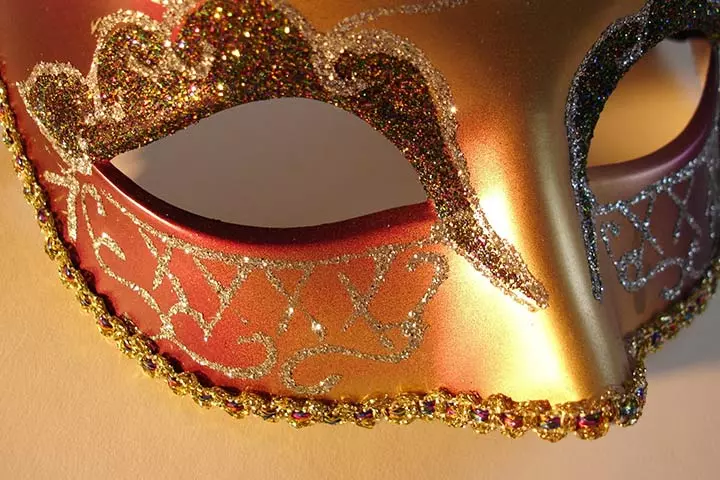
When your children are playing pretend-play games, they will love to have this eye mask. You can make one for them using a mask template, punching machine, foam/felt, hat elastic, craft glue, scissors, and decorative accessories, like beads, stones, fake pearls, glitter stickers, etc.
- Trace the mask template on the felt/foam and cut it using the scissors.
- Use the punching machine to make a hole on either side of the mask cut-outs. Tie one end to the other using a hat elastic.
- Involve your child in decorating the mask using the decorative accessories. Use this technique to make several animal or superhero masks.
9. DIY construction set
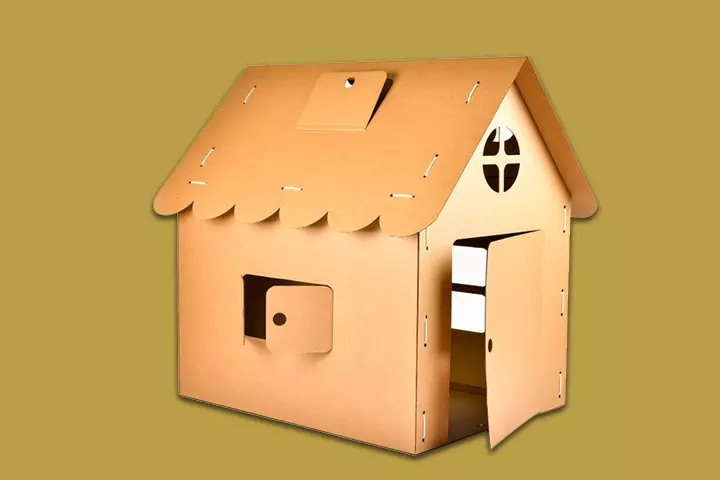
The cardboard construction set is a simple DIY toy you can make at home easily. You would need some household materials, including a thick cardboard sheet, utility knife, and craft supplies, like sketch pens, paints, and brushes.
- Cut several medium-sized squares from the cardboard using the utility knife.
- Paint these squares in different colors and let them dry.
- Let your child decorate these squares using sketch pens and other art and craft supplies as per choice.
- Once the squares are decorated, start slitting the squares in a V-shape along the edges such that one piece can be inserted into another.
- Attach all the squares to create myriad three-dimensional structures or shapes.
 Quick fact
Quick fact10. Homemade board game
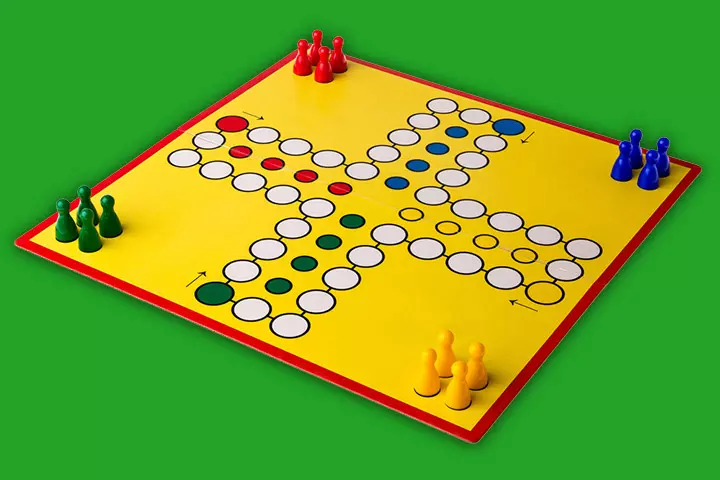
Board games are suitable for children aged five years and older. Scrabble, Ludo, and checkers are some simple games that you and your child can try making at home. Mike Hickerson, a father of three, shares how board games brought his family together. He says, “For our family, board games create an environment where we play and compete together. I’m convinced there are long-term benefits to playing board games, such as challenging yourself mentally, interacting with others on multiple levels, and learning how to deal with disappointment. Our main reason for playing board games, though, is that it’s fun. Even better, it’s a kind of fun that we can continue to enjoy for years to come (i).” Here is a homemade board game you can play with your loved ones.
You will need a large cereal box, scissors, markers, and game pieces, like dice and chips.
- Cut open the cereal box to a flat cardboard sheet.
- Draw the pattern of the game that your child wishes to play.
- Suppose, they wish to play Ludo, then you have to draw the game template on the cardboard sheet using different color markers.
- Once the game template is ready, you can play using it.
11. Handmade whirligig
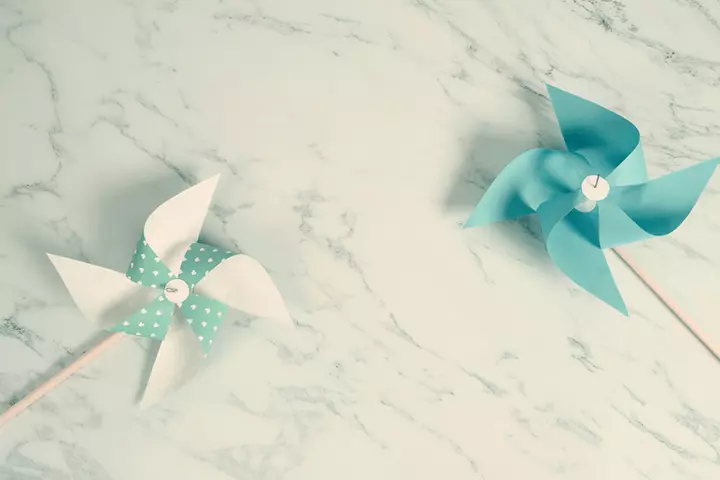
If you enjoy origami crafts for kids, these handmade whirligigs will give you a similar experience. You can make a personalized whirligig at home using a template, colored paper, cardboard sheet, yarn, glue stick, scissors, and art and craft supplies, like beads and stones.
- Trace the whirligig template on a color paper and cut the shape using the scissors.
- Paste the template on the cardboard cut-out using the glue stick.
- Make two holes a centimeter apart from each other at the center of the cut-out.
- Thread the yarn through the holes and tie the ends to create a loop.
- Let your child decorate the whirligig using art and craft supplies for added fun and joy.
12. Popsicle puzzle
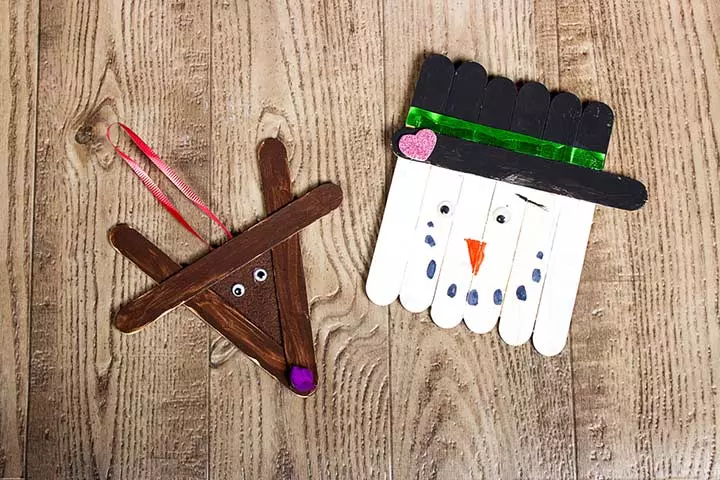
Puzzles are mind-bending games that are suitable to enhance a child’s cognitive abilities. Here we give an easy DIY puzzle activity suitable for children between four and five years of age. You will need a pack of jumbo craft sticks, glue, printed photo, and scissors.
- Lay the craft sticks one after the other on a flat surface.
- Apply glue on each stick and paste the picture on top of the row of craft sticks.
- Once the glue dries, cut the photo along the edges of the stick using a scissor.
- Scramble the sticks and give them to your child to arrange and complete the picture.
13. DIY pebble toys
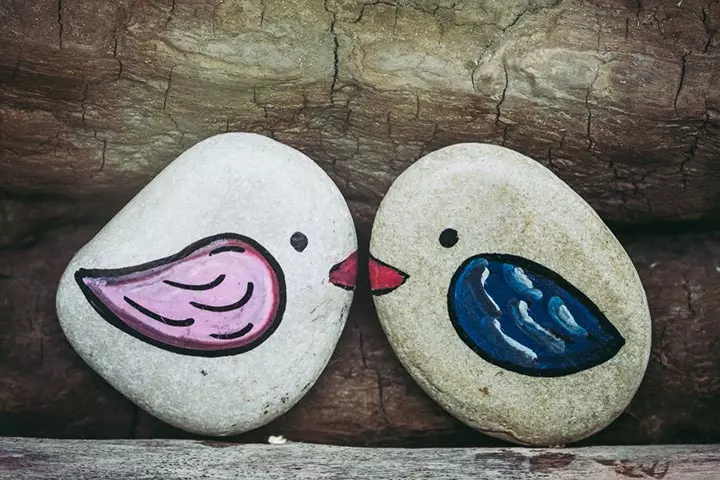
Pebbles are wonderful materials to make different toys using various techniques. To make an interesting toy, you will need pebbles, non-toxic white paint, brushes, markers, and a tray.
- Paint all the pebbles with white paint and put them aside in a tray to dry.
- Once the paint dries, ask your child to make an illustration of a part of different animals, birds, and insects using a marker. For instance, one pebble contains a beak, another has the legs of an insect, and so on.
- Scramble the pebbles and then arrange them to make a complete picture of animals, birds, and insects within a given time.
 Quick tip
Quick tip14. Stick rafts

For this STEM toy, you will need two thick sticks, 10-15 thin sticks, a ruler, dishcloth, scissors, and craft glue.
- Place the two thick sticks on a flat surface at least 10cm apart.
- Line all the thin sticks over them.
- Apply glue on the two thick sticks and paste the thin sticks to create the raft’s deck. Leave one thin stick to use later.
- Stick this one remaining stick vertically to support the mast.
- Cut the dishcloth and make two holes to it in order to insert the holes into the vertical stick. Make the holes on two ends of the dishcloth, to make it look like a mast.
15. Dollhouse
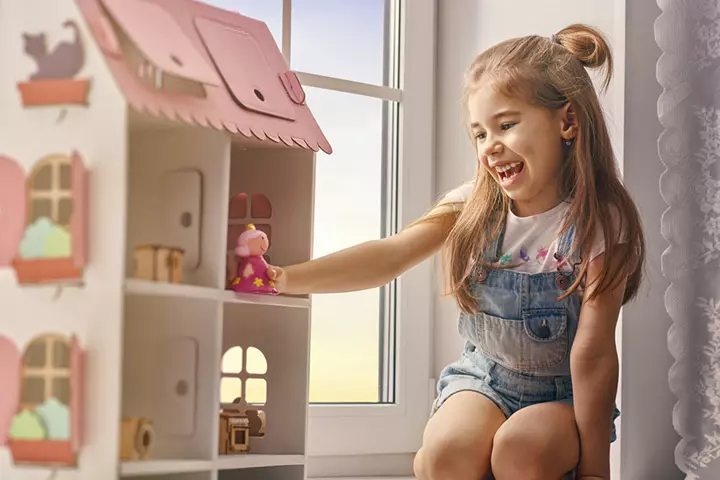
Children love dolls and, more so, dollhouses of different shapes and sizes. Cardboard, wood, clay, and thermocol are common materials used for making a dollhouse at home. Below are the steps to create a dollhouse using a cardboard shoe box and craft supplies, including colored pens, painting tape, craft glue, scissors, colored paper, paint, and brushes.
- Paint the lid of the shoe box with the color of any choice. Once the lid is dry, cut it into half. Stick the two halves at an angle so that it forms a V-shaped roof of the dollhouse. You may use craft sticks to support the shape of the roof.
- Paint the box with attractive colors and patterns. You can also paint and decorate the inner walls of the box.
- Once the box is dry, cut square-shaped pieces of color paper and stick them on the box to represent the windows of the dollhouse.
- You can also cut out squares from the box to create windows. Decorate the edges of each window with strips of color paper.
- Place any toy inside the box, like a Barbie doll or G.I. Joe, place the V-shaped roof on top, and the dollhouse is ready for play.
16. DIY paper dolls

Do you recall when you played with paper dolls during childhood? Paper dolls offer a fantastic chance for unrestricted imaginative play, with endless possibilities for creative crafts. To make DIY paper dolls, you will need colored papers, glue, scissors, pencils, and markers (optional).
- Start by outlining your dolls on a piece of paper. You can create different poses and expressions according to your preferences.
- Draw outfits, hats, shoes, and accessories for your paper dolls on separate pieces of colorful paper. Ensure the clothes have tabs at the shoulders or sides that can be folded over the doll’s body.
- Use markers or colored pencils to add color to your dolls and their outfits to enhance the overall appearance of your paper dolls.
- Carefully cut out your paper dolls along with their clothes and accessories. Fold the tabs on the clothes and accessories and use glue or double-sided tape to attach them to the corresponding areas on the paper dolls.
- Have fun playing with your paper dolls! You can move their limbs by folding the paper at the joints.
Frequently Asked Questions
1. What safety considerations should be considered when making homemade toys for children?
While making homemade toys for children, it is important to use non-toxic materials, make age-appropriate toys, blunt the sharp edges, and avoid using small parts for their construction.
2. What age range can homemade toys be suitable for?
Homemade toys are suitable for children of all age groups, provided they are made of age-appropriate materials and pique the child’s interests.
3. Are there any special considerations for making toys for infants or toddlers?
It is essential to consider the toy’s material, durability, presence/absence of small parts, and sturdiness of the construction while making toys for infants and toddlers.
4. What types of homemade toys are most popular with children?
The most popular homemade toys for children include sock puppets, play dough, and board games.
5. What are the environmental benefits of making homemade toys?
DIY homemade toys for children are often made using recycled materials, which helps reduce waste in landfills and promotes sustainability. Making sustainable homemade toys allows you and your child to contribute to a healthier planet while enjoying creative activities together.
6. Why is creative play important for children?
Creative play helps enhance children’s imagination, creativity, and cognitive skills. Activities like making DIY toys can help children develop critical thinking and problem-solving skills by encouraging them to use everyday materials to create something fun and unique.
It is fun, cost-effective, and interesting to make homemade toys for children as it helps them boost their creativity and imagination to make the desired toy. Recycling used materials to make toys also protects the environment. You can make sock toys, puppets, sound-making toys, and rolling back toys with old materials. You may help the younger children make toys and give ideas to older ones who are already skilled in making their toys. Toy-making techniques and creative skills boost brain development in children. Ensure to supervise all activities involving knives and other instruments.
Infographic: DIY Homemade Toys For Children
Kids need entertainment whenever they are free. How about involving them in DIY activities and crafts that could be made with supplies readily available at home? Go through this infographic for a few simple yet intriguing DIY toy ideas to help your child learn while having fun.
Some thing wrong with infographic shortcode. please verify shortcode syntax
Illustration: Amazing And Easy DIY Homemade Toys For Children To Play

Image: Stable Diffusion/MomJunction Design Team
Have fun engaging yourself in these 9 super easy DIY toy ideas for your kids, that will keep them engaged in endless hours of playtime and laughter.
Personal Experience: Source
MomJunction articles include first-hand experiences to provide you with better insights through real-life narratives. Here are the sources of personal accounts referenced in this article.
i. Playing board games with your kids;https://medium.com/@mhick/playing-board-games-with-your-kids-f7c2d6a17852
References
1. Provider-Recommended Toys for Development; UnityPoint
2. Using Toys to SupportInfant-Toddler Learning and Development; Educate
3. Homemade toys and free activities for kids; Raising Children
4. Importance of Pretend Play; The Center For Parenting Education
5. 4 Essential Skills Kids Learn Playing with Blocks; Our Children’s National PTA’s Unique Voice for Parents.
Community Experiences
Join the conversation and become a part of our nurturing community! Share your stories, experiences, and insights to connect with fellow parents.
Read full bio of Erin DeCarlo
Read full bio of Harshita Makvana
Read full bio of Deepa Thomas
Read full bio of Vibha Navarathna









